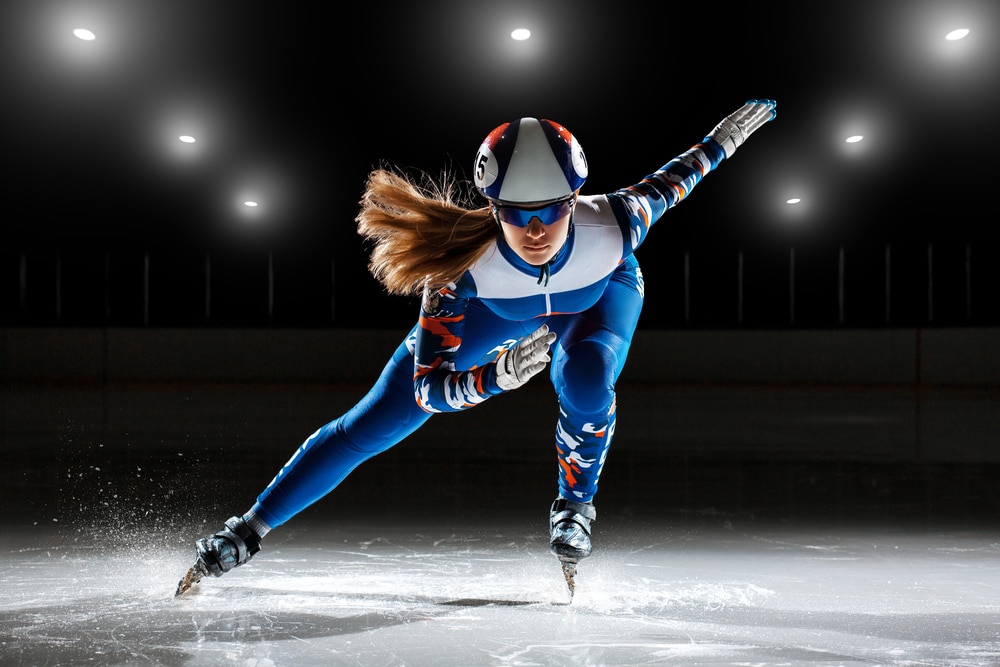
The Winter Olympics are in full swing at PyeongChang and Team GB is doing their absolute best to do Britain proud. But as athletes battle it out to ensure their country gains the most medals, we are also reminded of the hazards that winter can bring, alongside the risks that winter sports.
- British snowboarder Katie Ormerod had to drop out of the Winter Olympics due to suffering a fractured heel during training, requiring emergency surgery a few days later.
- 16-year-old snowboarder Yuto Totsuka suffered an incredibly scary fall on the men’s halfpipe final. Yuto missed the landing on the halfpipe and instead crashed into the lip of the halfpipe. Thankfully, he appears to have only suffered a minor hip injury, despite being stretchered off the course.
- There have even been injuries on “slower” winter sports such as curling as Russia’s Anastasia Brygalova trips over a moving curling stone.
Whatever the sport at the Olympics, there is always an element of risk when on slippery surfaces. But there are a number of things athletes and amateurs should do to prevent or minimise injuries.
Gain Strength
Winter Olympians will already be at their peak physical ability but for those who are hitting the slopes after a year without exercise should beware. For a few weeks prior, ensure that you do some moderate exercise (weight/resistance training ideally) to build up strength.
Gaining strength in your pelvis and working on the mobility and flexibility of joints to allow a wider range of motion is also critical. Also, it is important to gain core strength to improve balance and prevent falls while on the slopes.
On the Slopes, Warm Up!
Before getting on the ski lift, ensure that you warm up and stretch. This will help you gain an increased range of motion, flexibility and increase blood flow to your muscles that will not only enhance your performance but reduce the likelihood of an injury. 10 minutes of this should suffice.
These include:
- Low-intensity jog to warm up.
- Hamstring stretches
- Hip flexor stretches
- Upper/lower back stretch
- And stretch any muscles most likely to be in use (for skiing, these are your ankles, thighs and pelvis)
Don’t Push Yourself
While you may think you are the greatest skier of all time, it is best to start off slow and work your way up, especially if it has been a while since you’d last been on the slopes and/or being influenced by the Winter Olympics.
Once you are on the slope and enjoying yourself, listen to your body and learn when it’s time for a break or to call it a day. Powering through fatigue and exhaustion are a common cause of injury as you begin to lack focus.
For more health news and tips, follow London Bridge Orthopaedics on Twitter, Facebook and LinkedIn.









